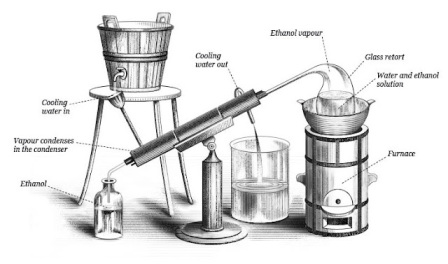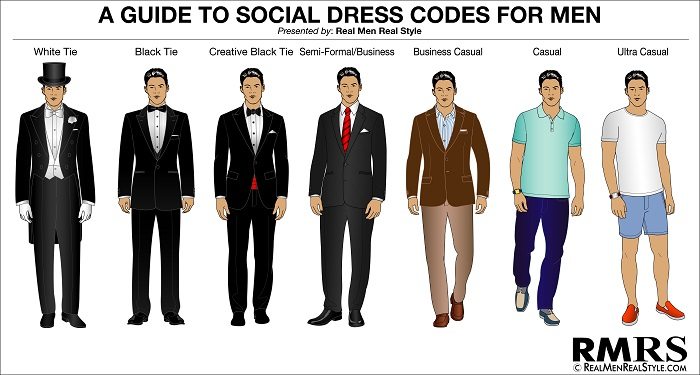La economía circular se puede explicar muy simplemente, se debe reducir los desechos reciclables, al darles un valor económico a estos y venderlos a empresas para que produzcan nuevamente la empresa debe volver a gastar dinero en algo que ya gasto para producirlo, pero a su vez podría reducir su costo si el material reciclado sale mas barato que su materia prima. Con la intención de explicar la economía circular desde mi punto de vista elaboré un póster.
Ecologia de Ivan Garcia
Llegando a la escuela
martes, 17 de octubre de 2017
Economia Circular
miércoles, 20 de septiembre de 2017
Poesia encontrada
La poesía encontrada consiste en crear poesía a partir de un texto, es considerado muchas veces un plagio pero sin embargo no es nada fácil conseguir un significado distinto de algo ya escrito, por lo tanto, aveces se encuentran prosas muy buenas con significados alternativos los cuales llegan a considerarse arte. Al estar basado en un texto ya creado se considera que es escritura sin creatividad, ya que es tan facil crearlo como agarrar un texto ya escrito y modificarlo para cambiarle el sentido.

A continuación dejaré un texto de poesía encontrada de mi autoría, fue echa con la propaganda de las hojas Rivadavia, sin embargo yo le encontré cierto índole político.
Campaña Política
Podes ayudar
a proteger los bosques,
fortalecer,
el desarrollo,
de las poblaciones locales
y apoyar
la gestión.

viernes, 8 de septiembre de 2017
Dress Code in Schools
For thinking skills we wrote an essay on education, we have to choose on some questions and I chose dress code.
Anyone going to school now a days know that there is a dress code in the school. Even Though we can think this dress code is equal for most schools, we can find that economic level of the school may define the appearence of the students. It is very tidy to see all the students wearing the same clothes, but also quite opressive. When a big group of people wear the same clothes there are no difference between them, and this take the students out of reality because there will be always be a difference between you and the other person.
The advantages of a strict dress code are many, such as deleting difference so nobody can feel different in a group. To add a point a strict dress code prepares you for a business life where you will always have to wear a suit or formal clothes. However the most important fact of a dress code is to make people feel in a comfortable situation; sports, an important exam, a presentation, a job requirement.
On the other hand there are some disadvantages for dress code. Many times following a dress code is expensive, but also oppressive because you need money to buy it, and if you don’t have that money you will be out of the group. The clothes is a way of dividing society, we can appreciate the difference between public and private schools just by seen how they are dressed and this is very ugly because differences in society aren’t good in any way.
As a conclusion we can see that dress code is a defining fact in society, as people see you is how they treat you and this is a fact, at least for the first time of knowing a person. Dress code can be favorable sometimes but in general it’s oppressive and separates the society.
martes, 5 de septiembre de 2017
Viaje de media tarde
lunes, 4 de septiembre de 2017
The Chorus
Contaminacion de las aguas
En esta entrada se puede ver mi trabajo de investigación, el cual se irá actualizando conforme avance la investigación sobre la contaminación del agua relacionado con la contaminacion generada por los vehiculos con motores de combustion interna
Etiquetas:
#soluclima,
2017,
6ºB,
actualidad cientifica,
ADS,
Contaminación_Ambiental,
investigacion
domingo, 3 de septiembre de 2017
Alcohols
FACTS ABOUT ALCOHOL
The concentration of alcohol in a beverage is usually stated as the percentage of alcohol by volume ABV, the number of milliliters (ml) of pure ethanol in 100 ml of beverage.
The ranges of alcohol contained in a beverage are different; it can be from 5% (Beer) up to 70-90% (Absenta) between this two drinks there is a huge variety of alcoholic grading.
Alcohols are carbon-based compounds in which one or more hydrogen atoms in an alkane have been replaced by an -OH group. They can be “primary alcohols” (if the carbon which carries the -OH group is only attached to one alkyl group.), “secondary alcohols” (if the carbon with the -OH group attached is joined directly to two alkyl groups) or “tertiary alcohols” (if the carbon atom holding the -OH group is attached directly to three alkyl groups). The length of the chain affect their boiling point, as larger chains require more energy to break their bonds.
Related to our organism
Unlike food, alcohol travels easily through our body and about 20% of the alcohol that we consume is absorbed immediately into our blood. The most known and common effect of alcohol is happiness and the feeling of inhibition, however inside, our bodies suffer a little bit.
Some effects are:
Liver: On average, it takes the liver about one hour to break down one unit of alcohol. Its effects include: Steatosis, or fatty liver, Alcoholic hepatitis, Fibrosis and Cirrhosis.
Pancreas: Alcohol causes the pancreas to produce toxic substances that can eventually lead to pancreatitis, a dangerous inflammation and swelling of the blood vessels in the pancreas that prevents proper digestion.
Some effects are:
Liver: On average, it takes the liver about one hour to break down one unit of alcohol. Its effects include: Steatosis, or fatty liver, Alcoholic hepatitis, Fibrosis and Cirrhosis.
Pancreas: Alcohol causes the pancreas to produce toxic substances that can eventually lead to pancreatitis, a dangerous inflammation and swelling of the blood vessels in the pancreas that prevents proper digestion.
Brain: It interferes with the brain’s conections, and can affect the way the brain looks and works. These disruptions can change mood and behaviour, and make it harder to think clearly, our vision and coordination are also affected.
Heart: Some diseases produced by alcohol in our hearts include Cardiomyopathy, Arrhythmias, Stroke, High blood pressure.
Immune System: Drinking too much can weaken your immune system, making your body a much easier target for disease.

Heart: Some diseases produced by alcohol in our hearts include Cardiomyopathy, Arrhythmias, Stroke, High blood pressure.
Immune System: Drinking too much can weaken your immune system, making your body a much easier target for disease.

Fermented Beverages
Fermented beverages are produced through the process of fermentation. Fermentation in the case of alcoholic beverages refers to a metabolic process by which yeast converts sugar to ethanol. Yeast is a type of fungus used in the fermentation of alcohol. In order for fermentation to take place, you begin with some type of carbohydrate that is needed to feed the yeast. The type of carbohydrate used determines what the final product will be.
For example, beer is produced by fermenting grain, wine or hard cider is produced by fermenting fruit.

Distilled Beverages
Whisky is made by distilling a specific type of beverage which is beer.
In order to produce beverages above the concentration of ethanol achieved through fermentation, a distillation process is used. Distillation of alcoholic beverages is the process by which water is removed from a mixture of ethanol and water.
During distillation, the difference in the boiling points of water and alcohol is used to separate the two liquids from each other. Ethanol has a lower boiling point, so when heated, it will evaporate more easily. The evaporated steam is then cooled back into a liquid with a higher concentration of ethanol. The distilled beverage is then usually aged for a period of time before drinking. This adds to the flavor of the beverage.
A typical concentration of ethanol in a distilled alcoholic beverage is around 40%, but this can vary greatly.

Alcoholic Tests
These tests are used by police to indirectly measure how much alcohol is in a person’s blood. (Alcohol breath tests are usually given at traffic stops—much easier and safer than trying to do blood tests at the side of the road!)
- When a person drinks alcohol, it goes into the stomach and small intestine and is quickly absorbed in the blood.
- Within minutes of a person having an alcoholic drink, that person’s BAC can be measured. BAC usually reaches its highest level about an hour after drinking.
- About 90 percent of any alcohol consumed is broken down by the liver; the rest is eliminated through urine and breath.
- The breath-testing device converts the amount of alcohol in the breath to a corresponding BAC.
Wines in Argentina
Wines are the main beverage prepared in Argentina, by the quality of grapes (consequence of the clime) the variety of wines created in the country is very wide and it can be exported by it's high quality. The wine is a distilled drink, for the red wine the process is made with the grape itself, with the solid parts and filtered later.
Although it is in spanish here we have a presentation about wines in Argentina
Although it is in spanish here we have a presentation about wines in Argentina
Suscribirse a:
Comentarios (Atom)

